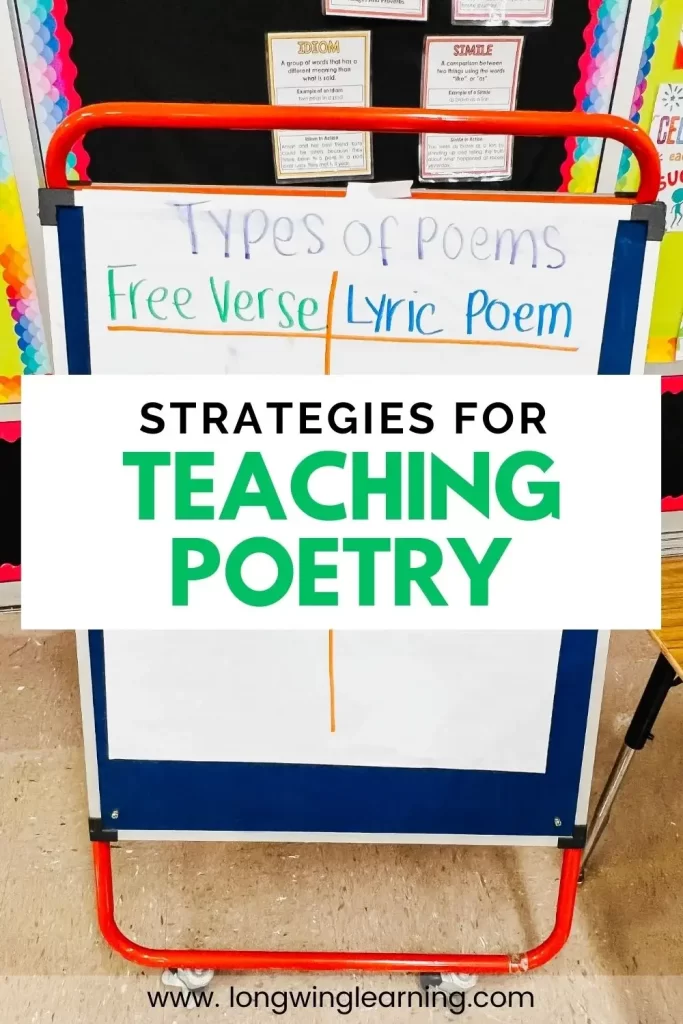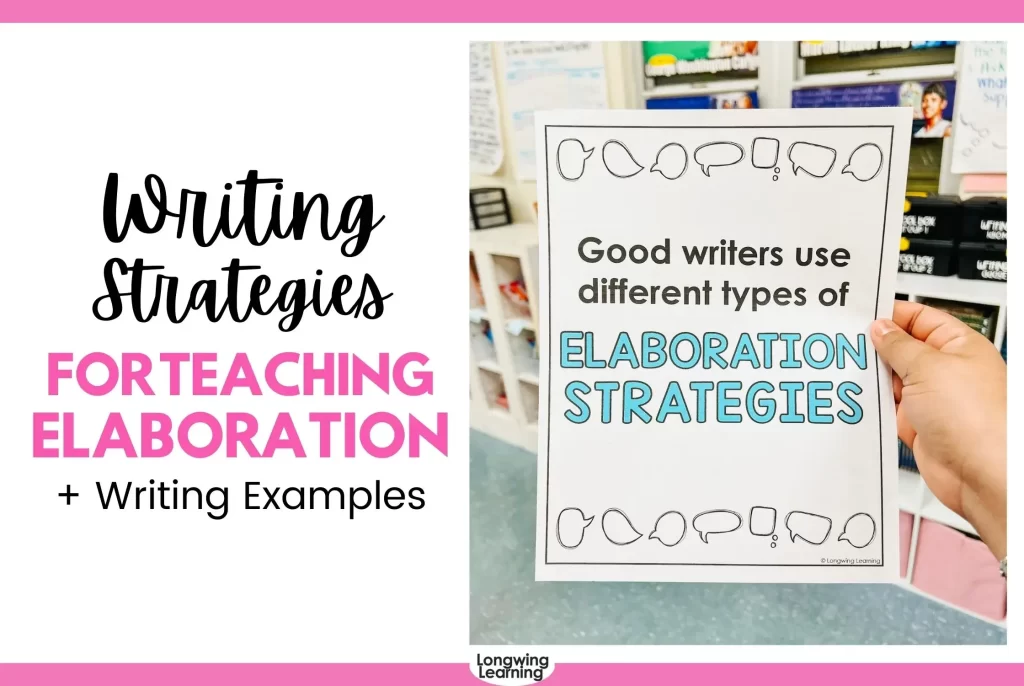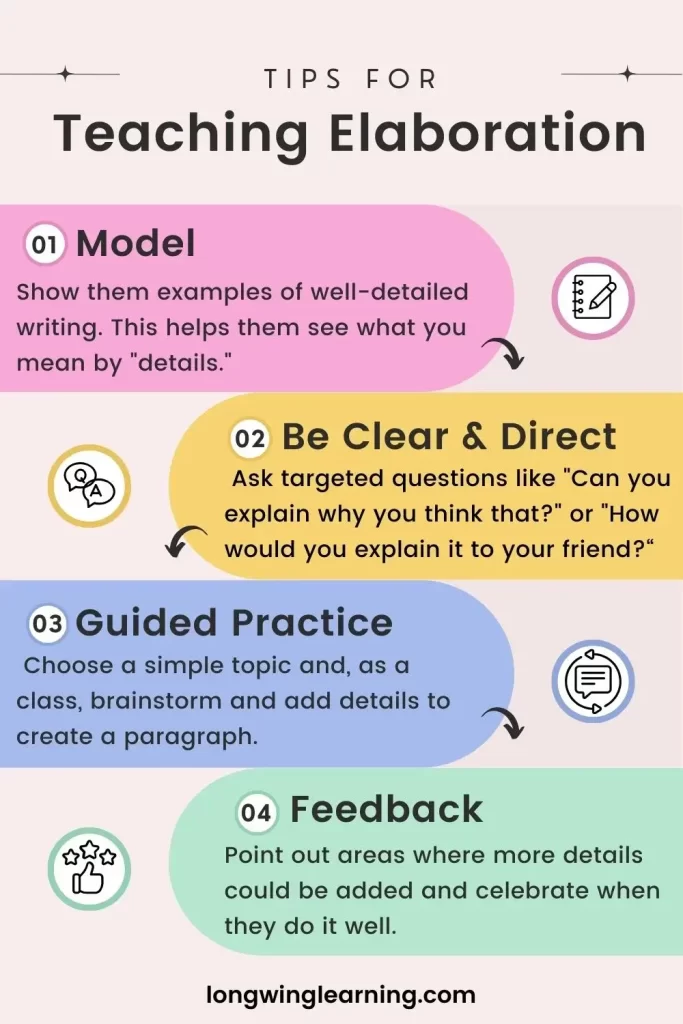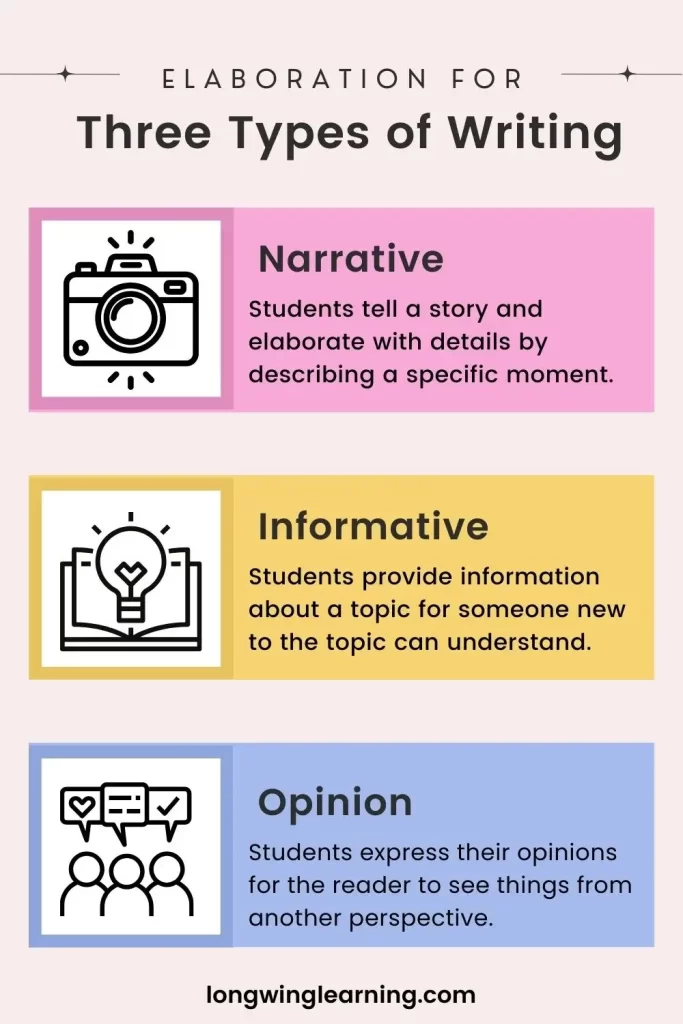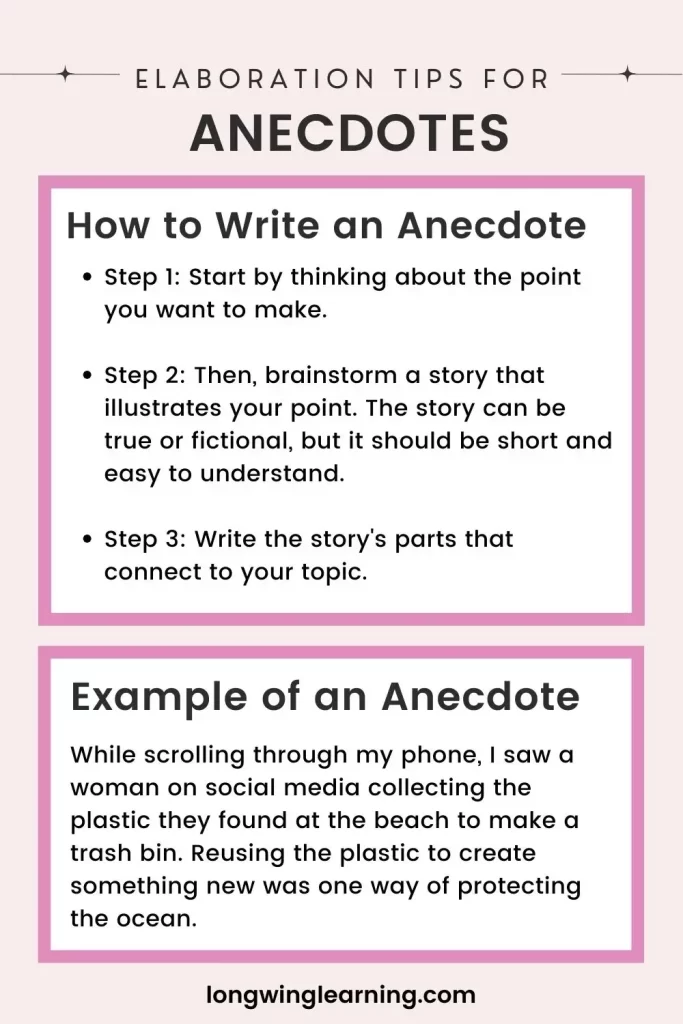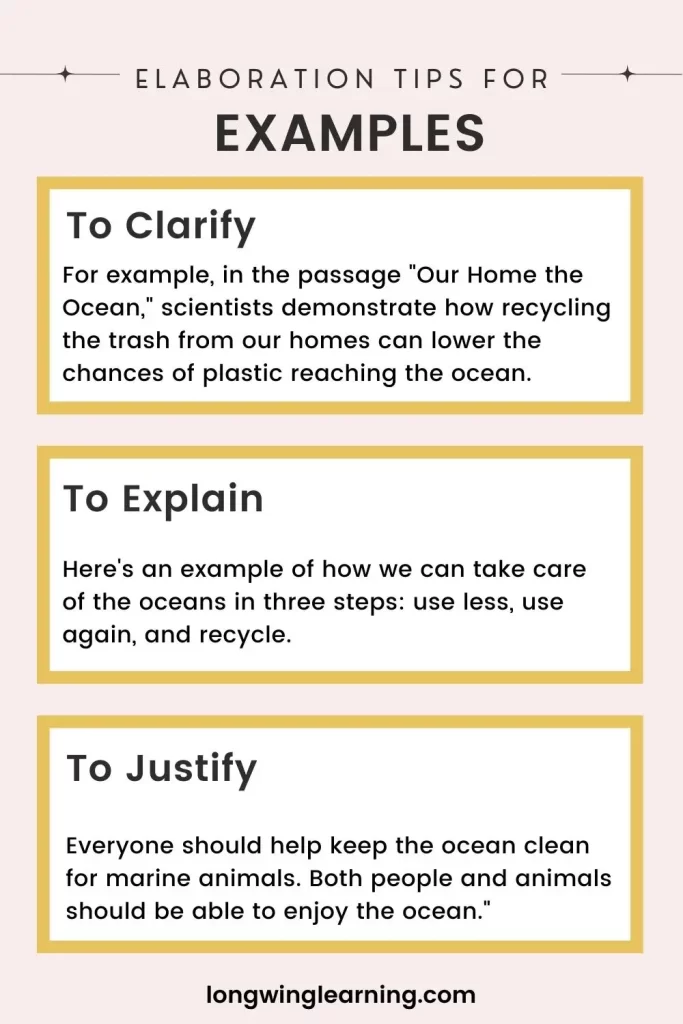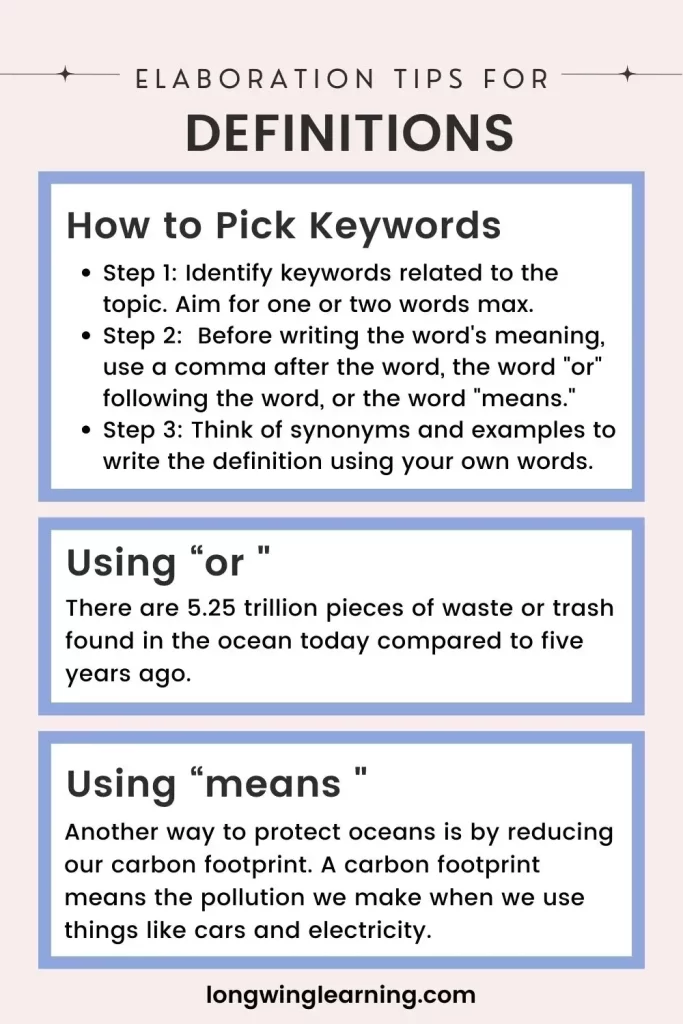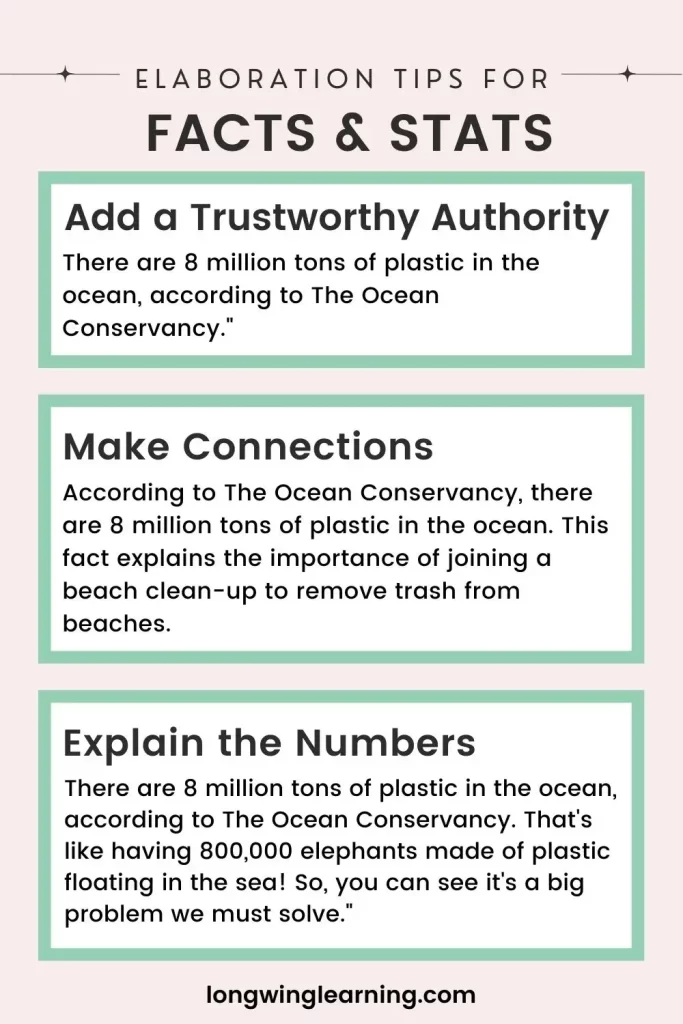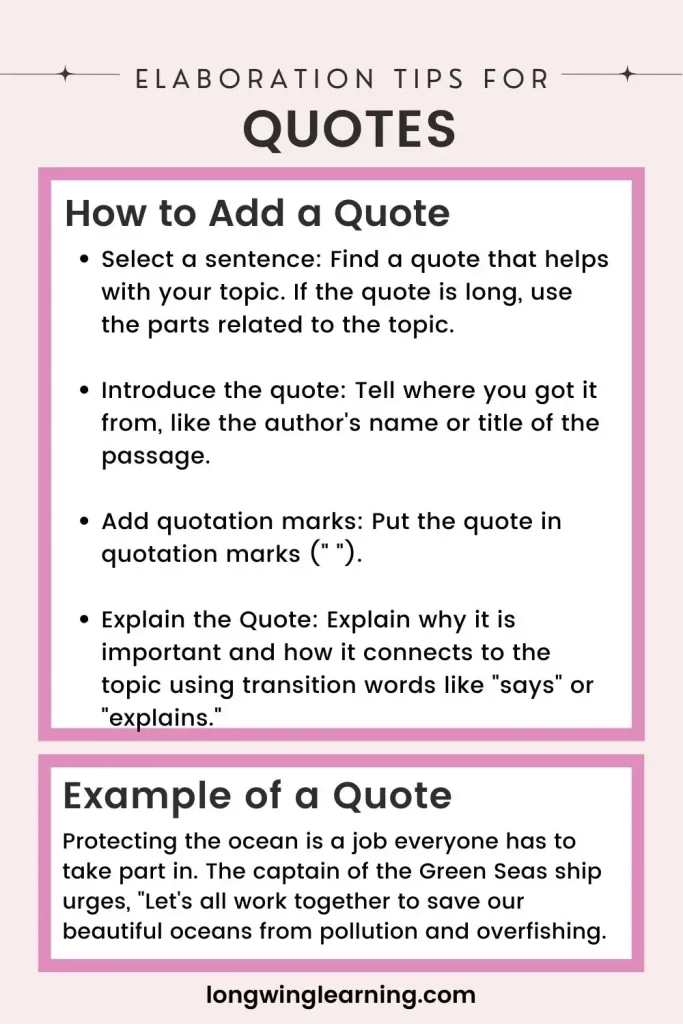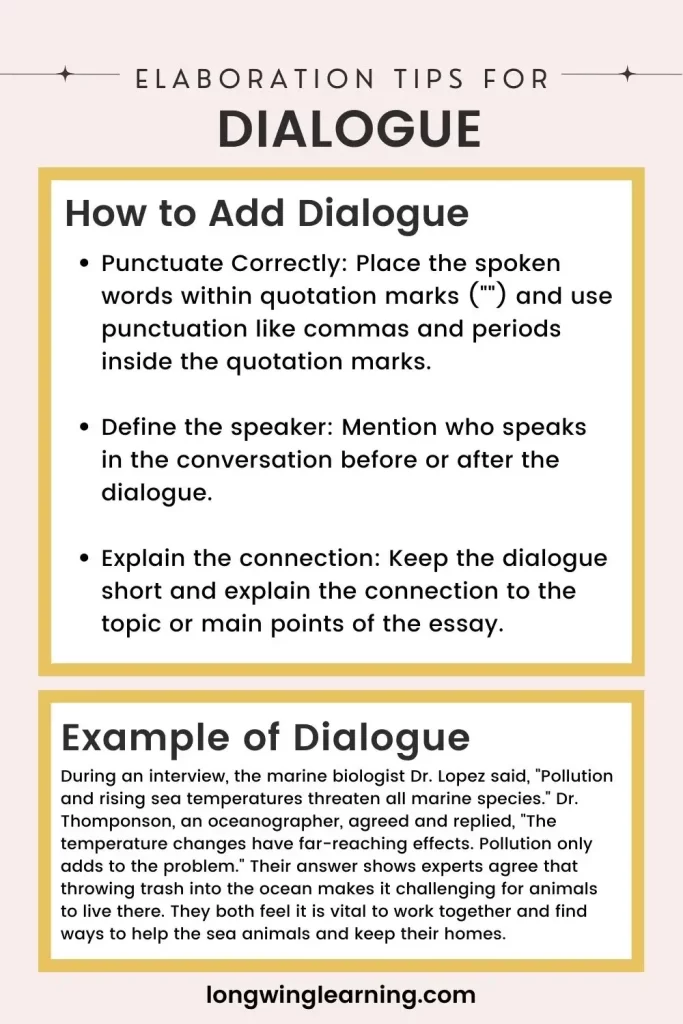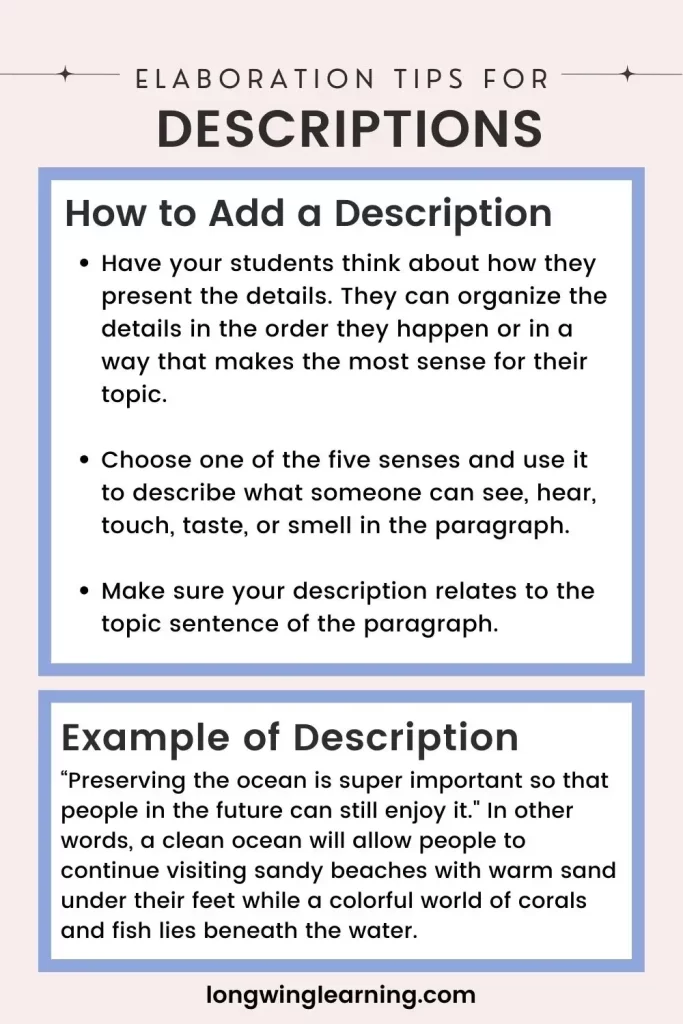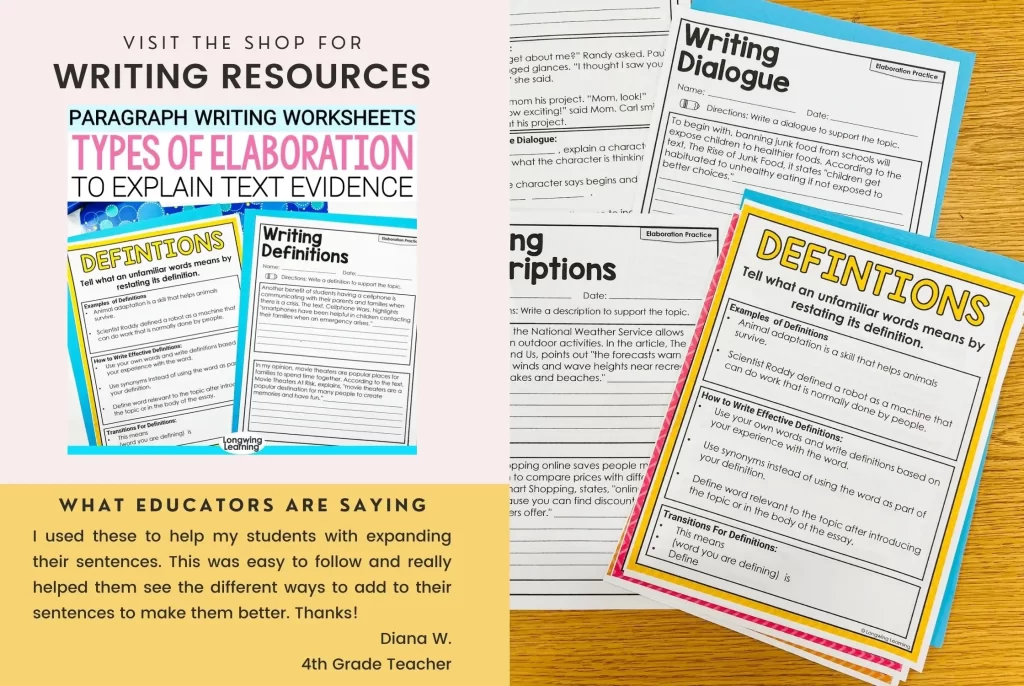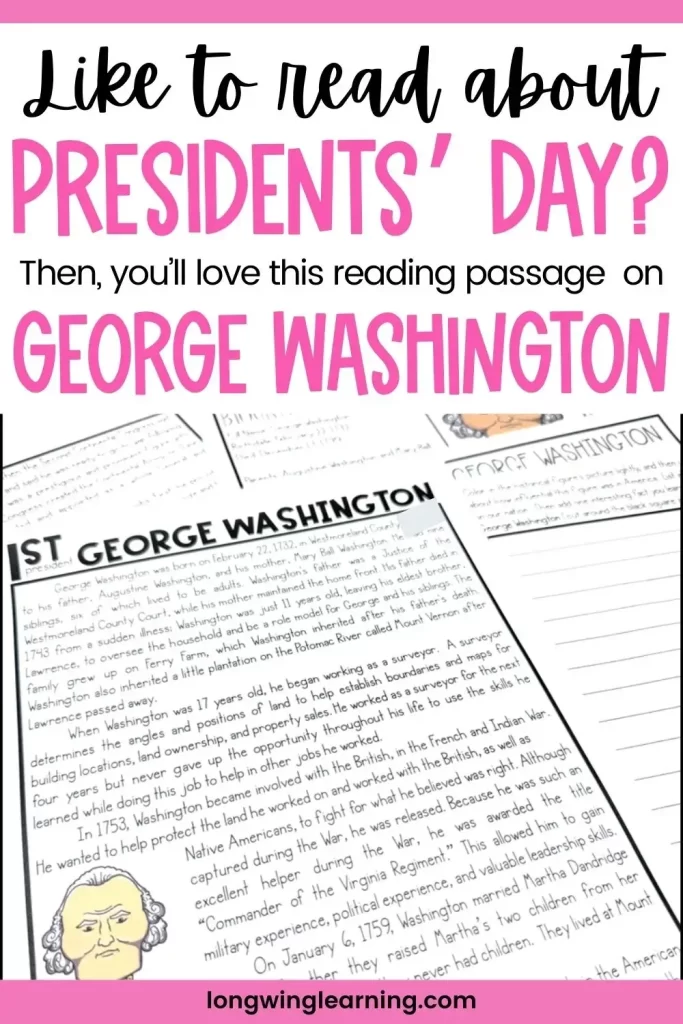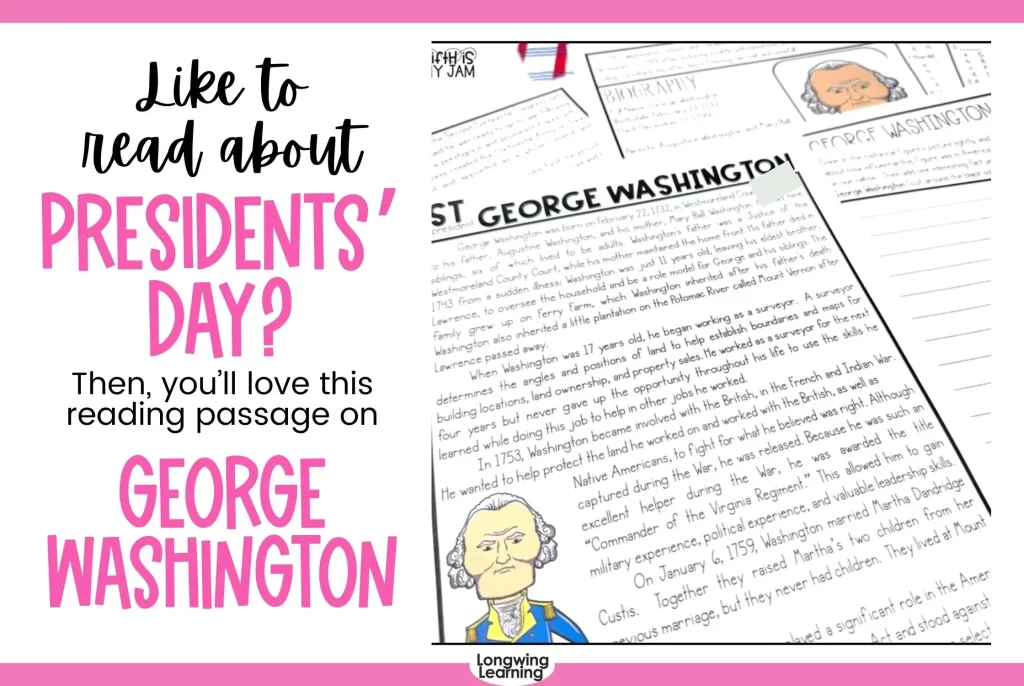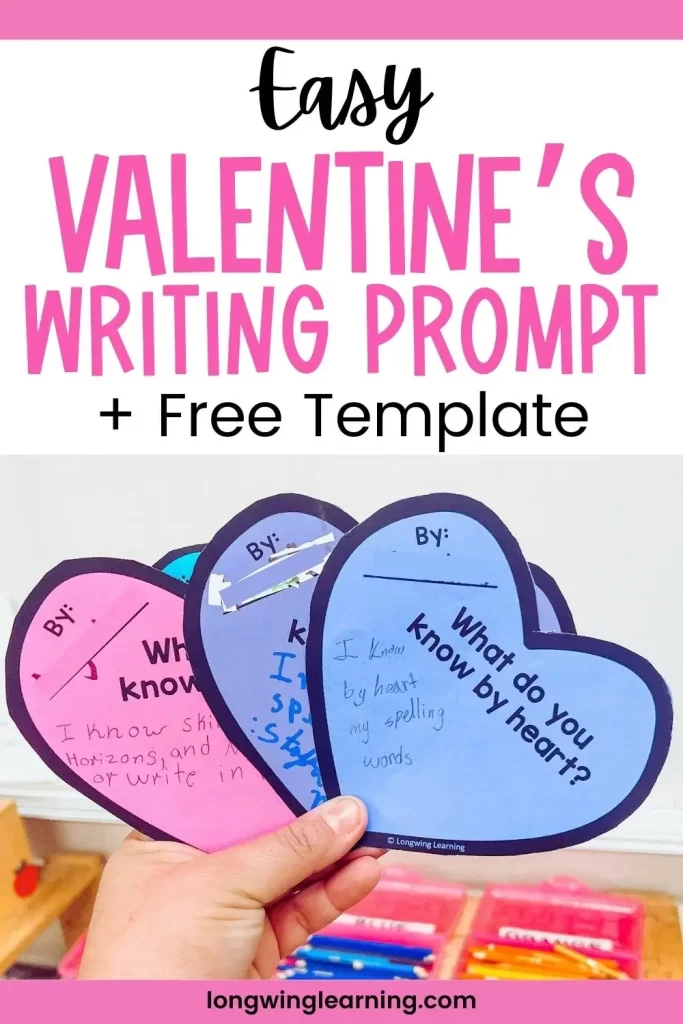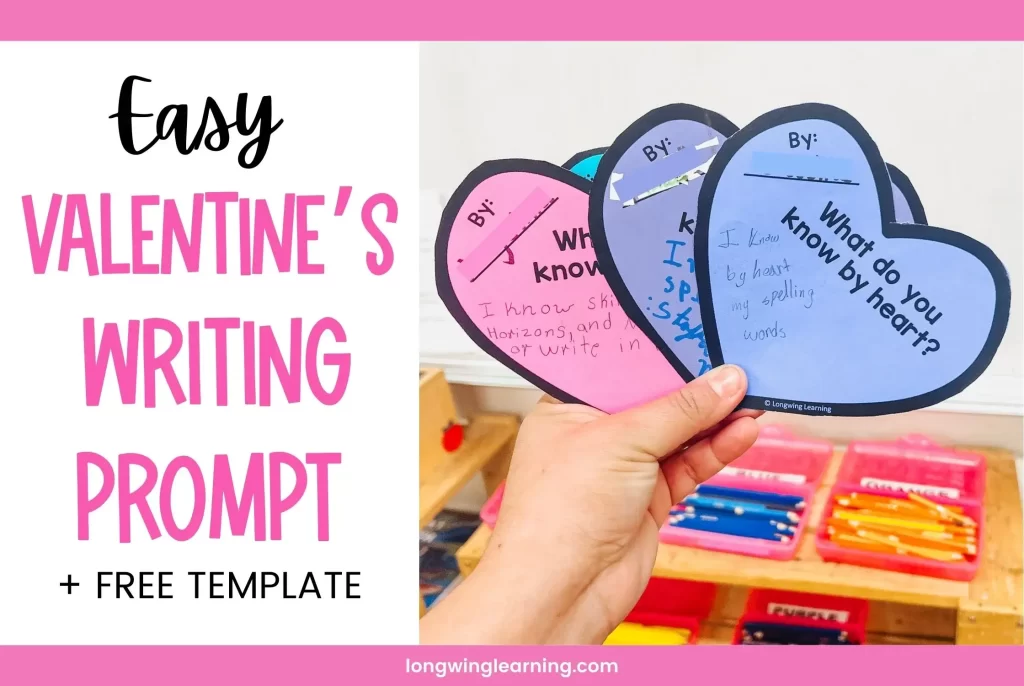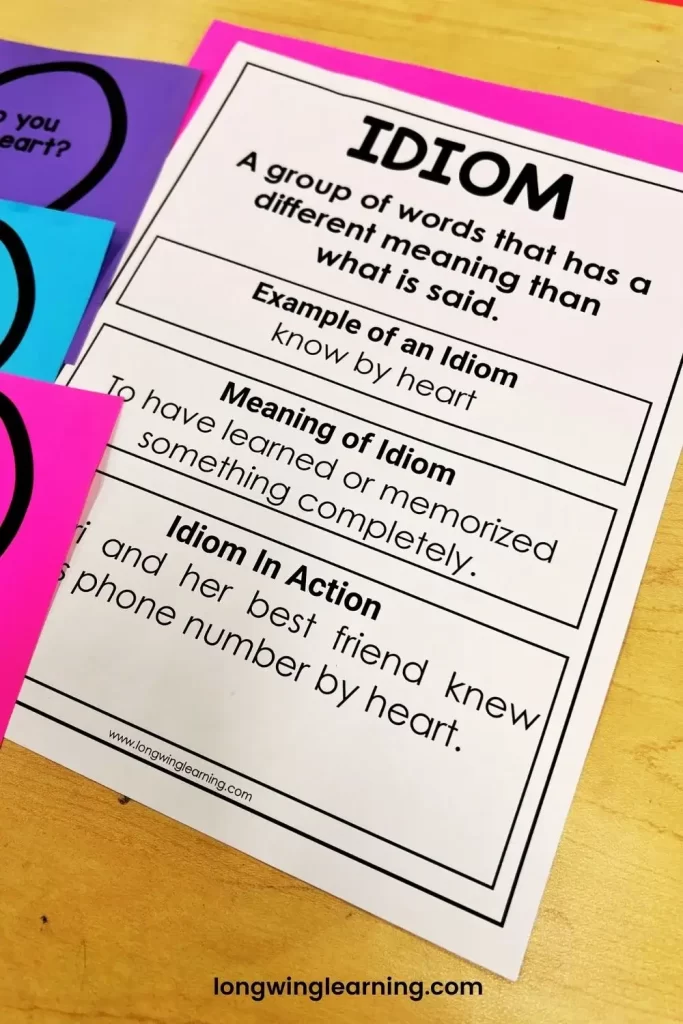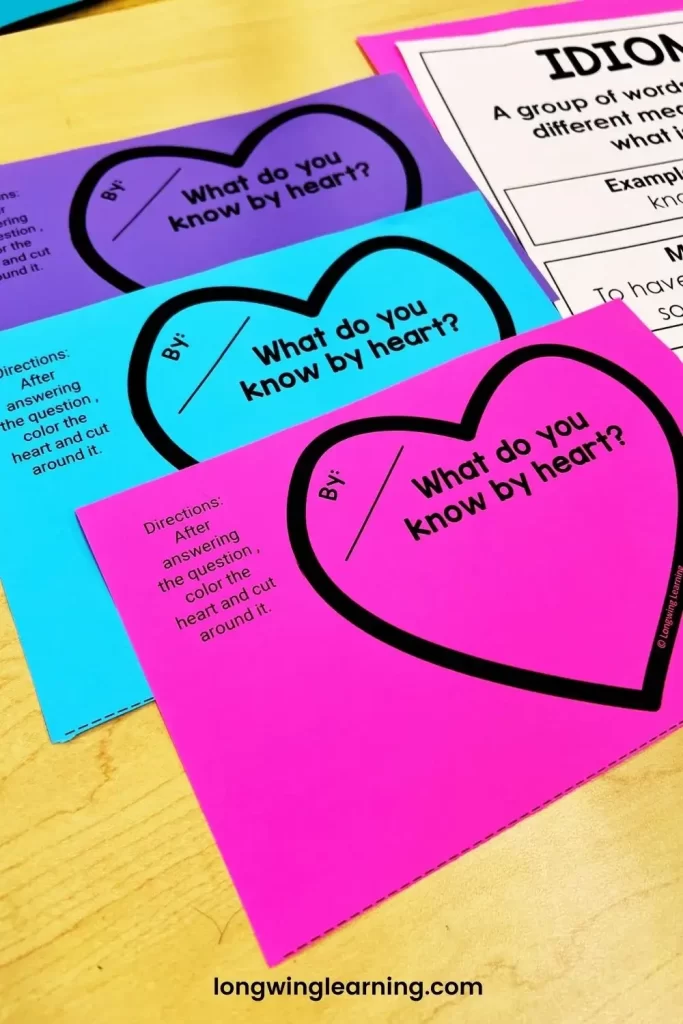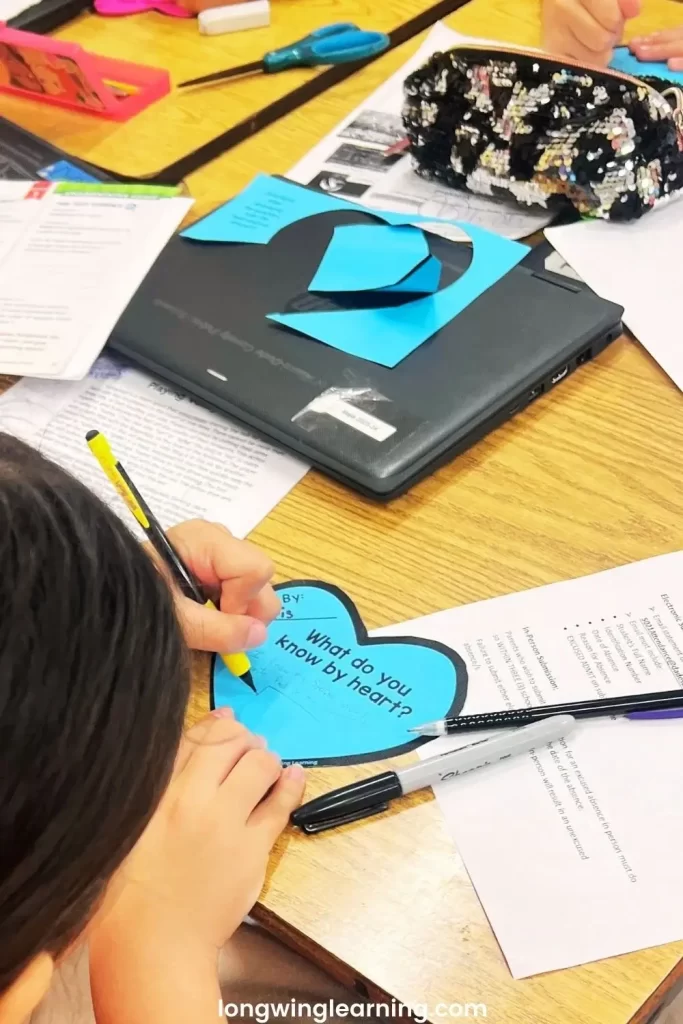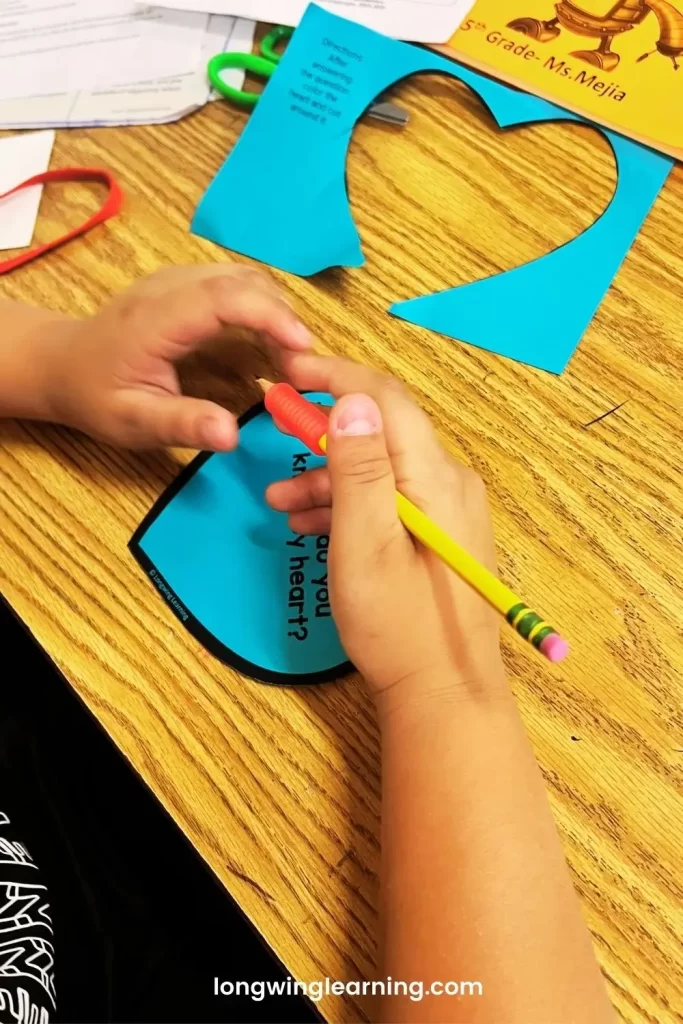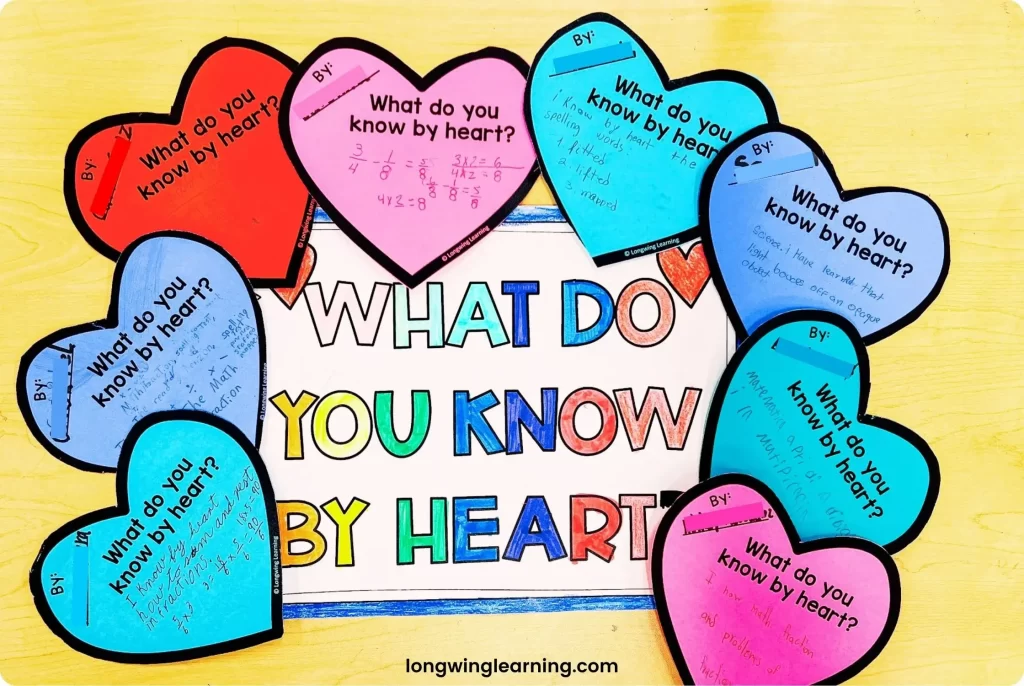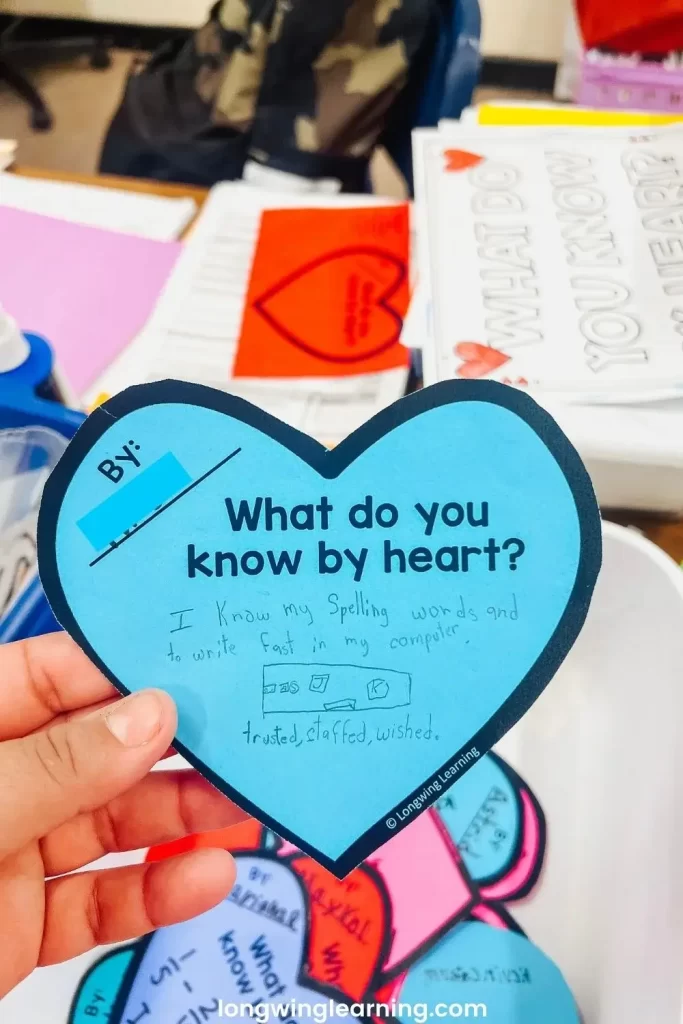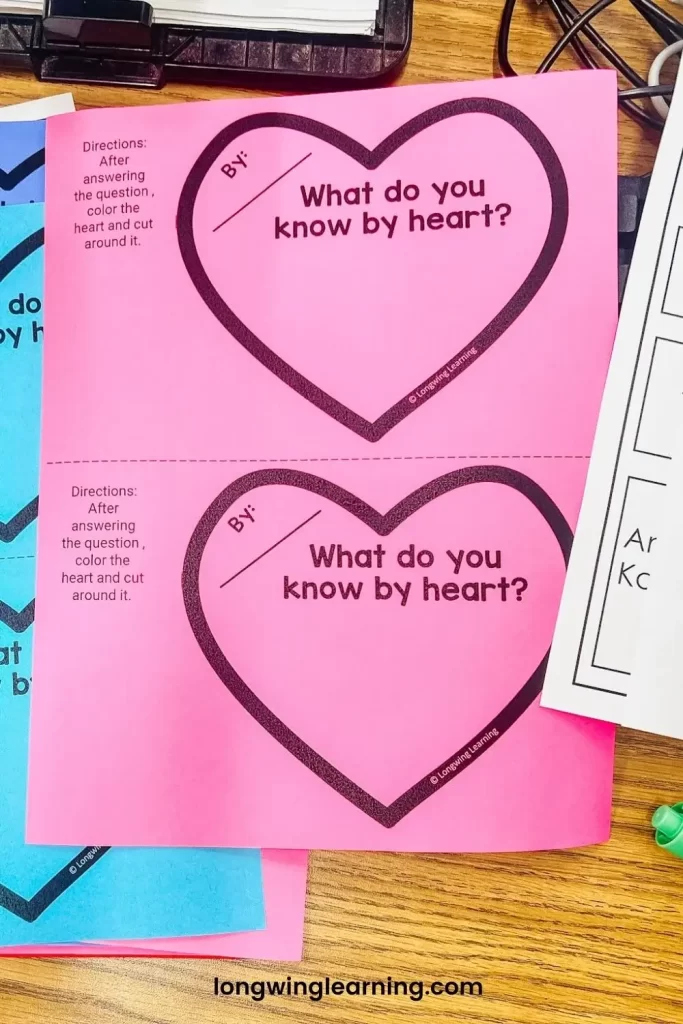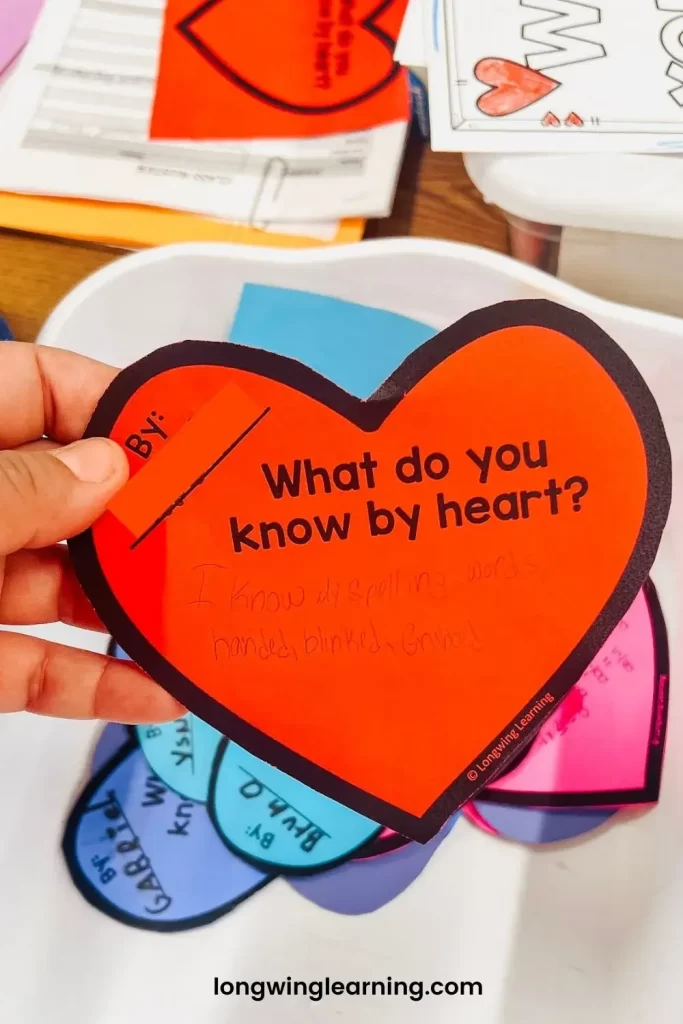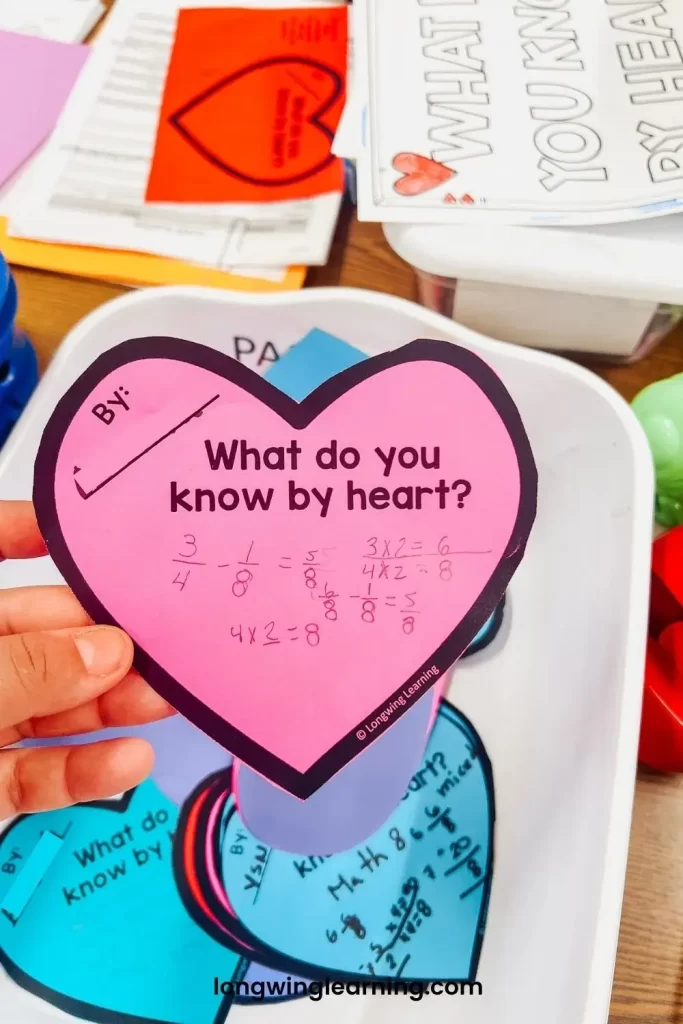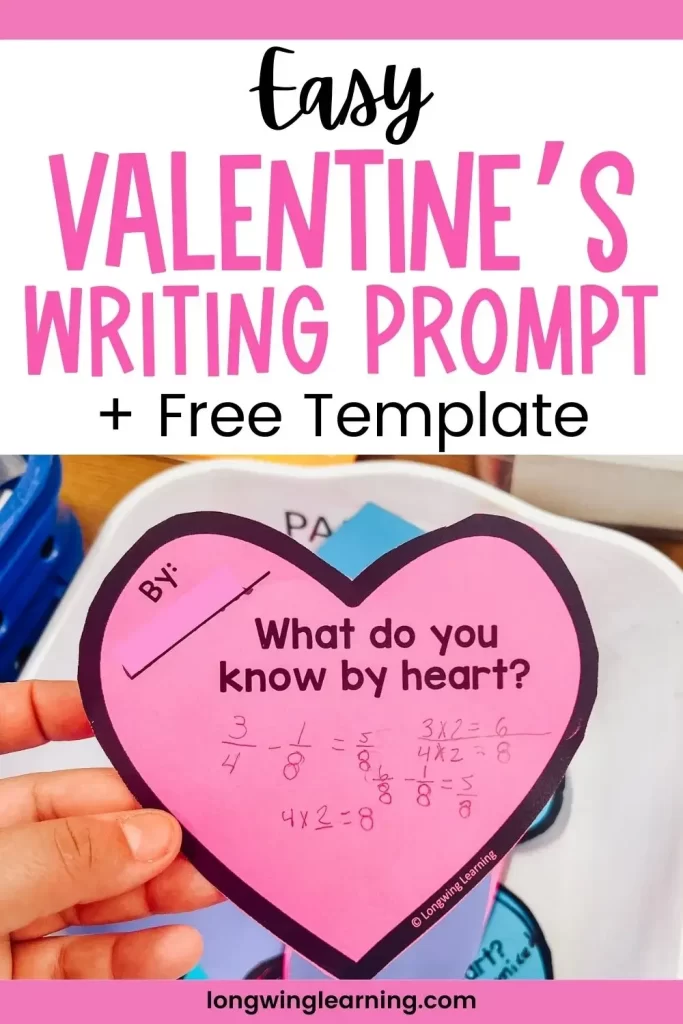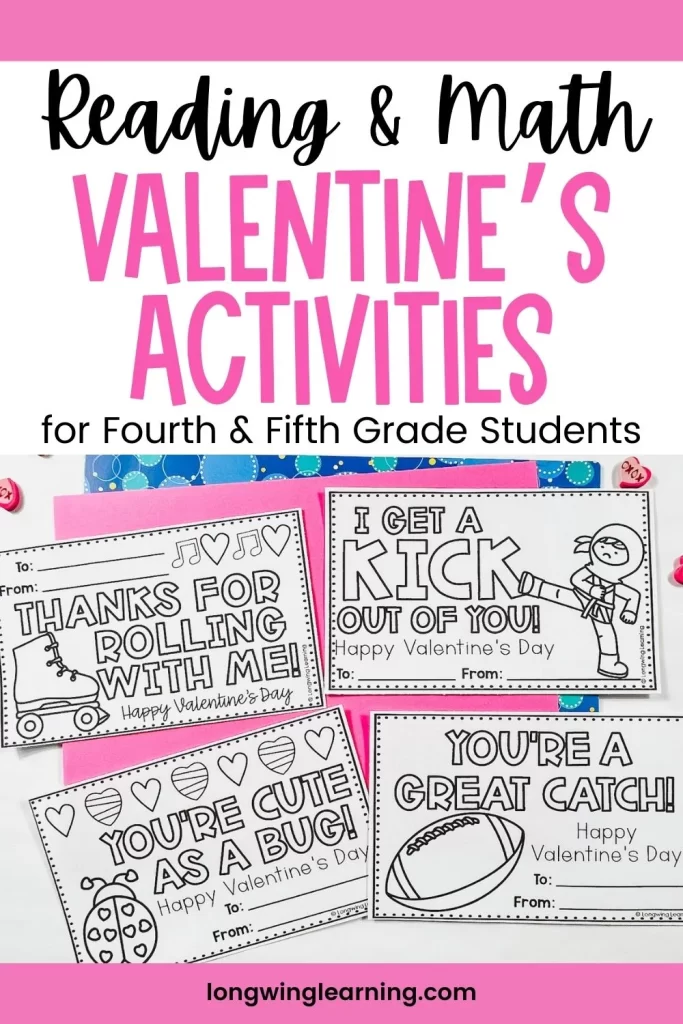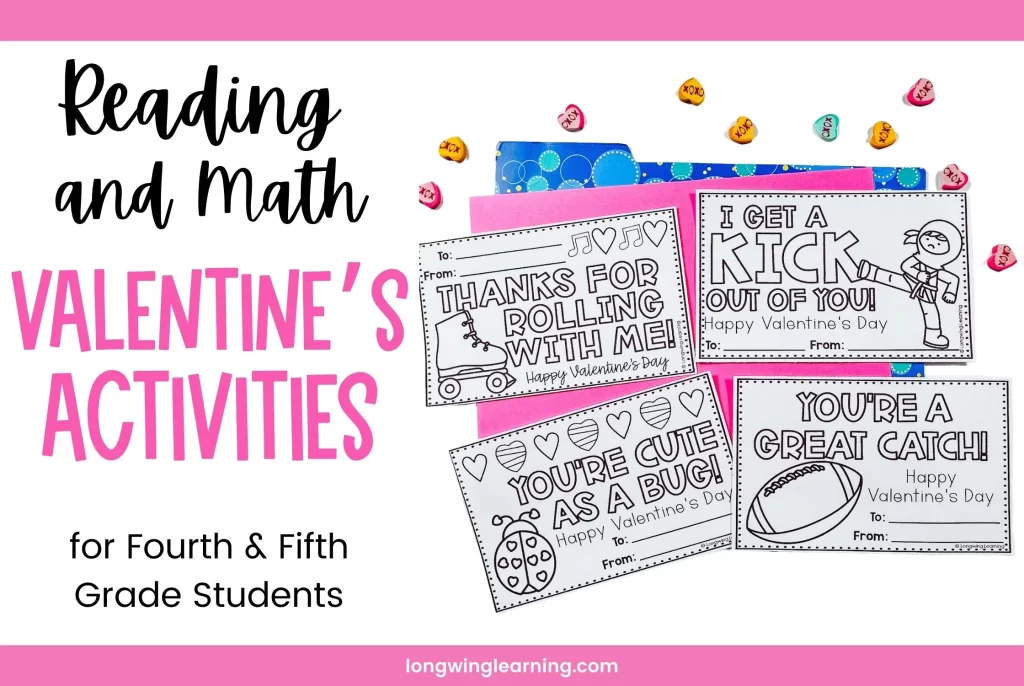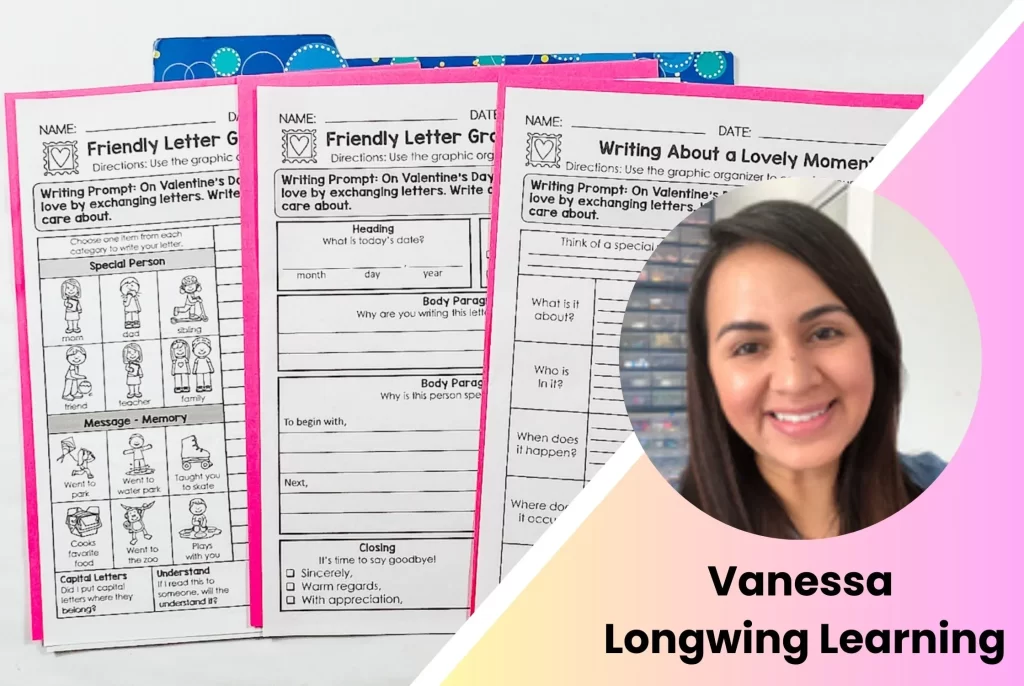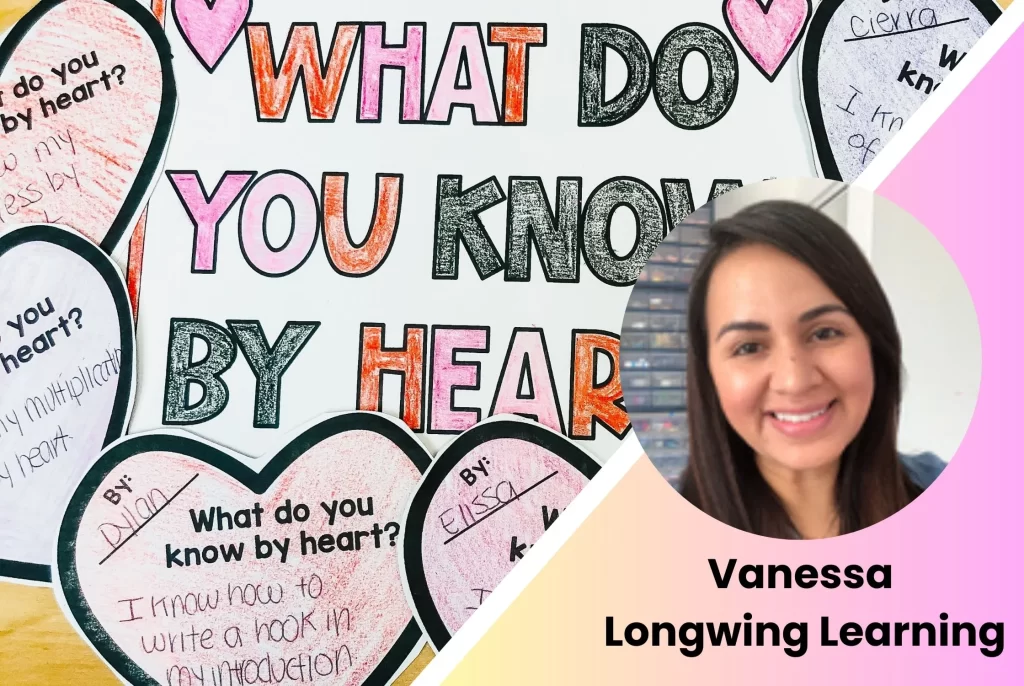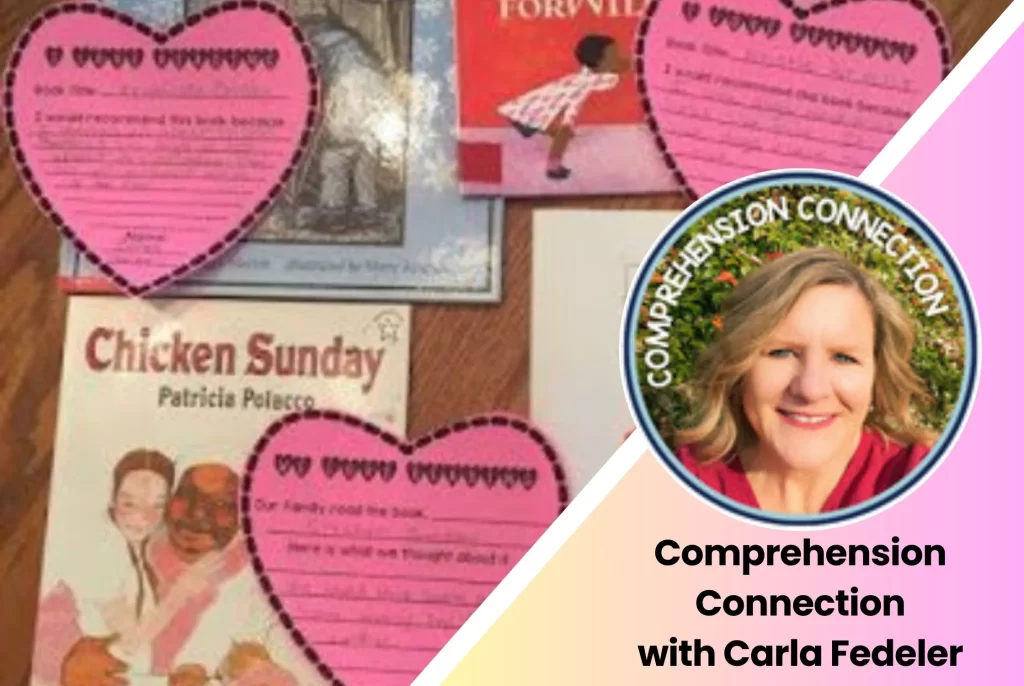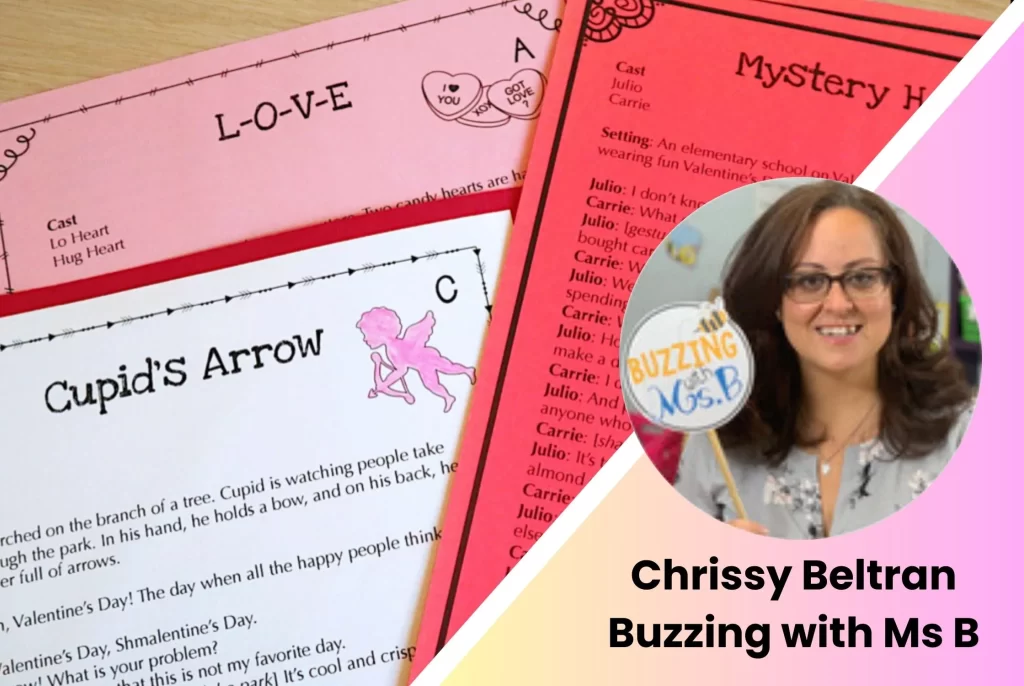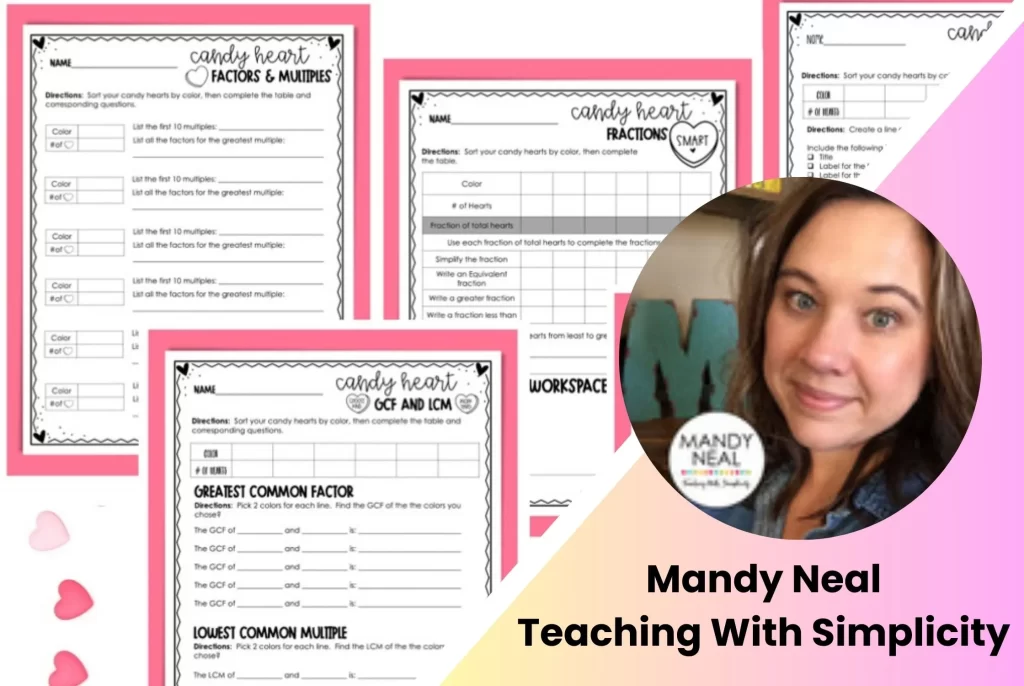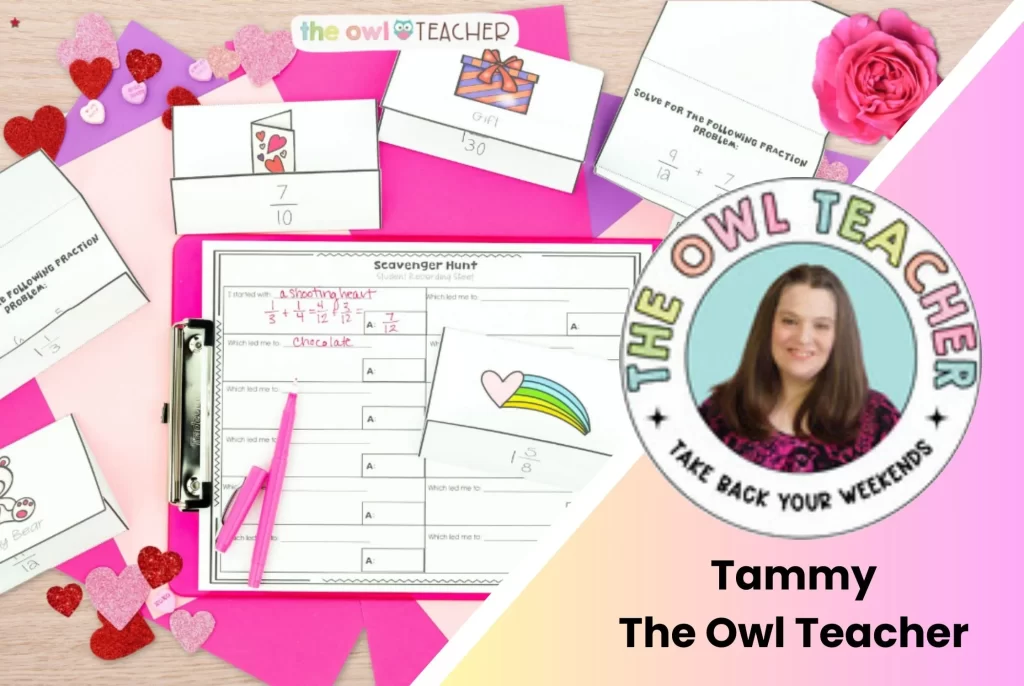7 Strategies to Feel Confident Teaching Poetry in Upper Elementary
Teaching poetry might sound tricky, but we have seven simple tips to help you feel more confident. This post is here to make teaching poetry to upper elementary kids a breeze!
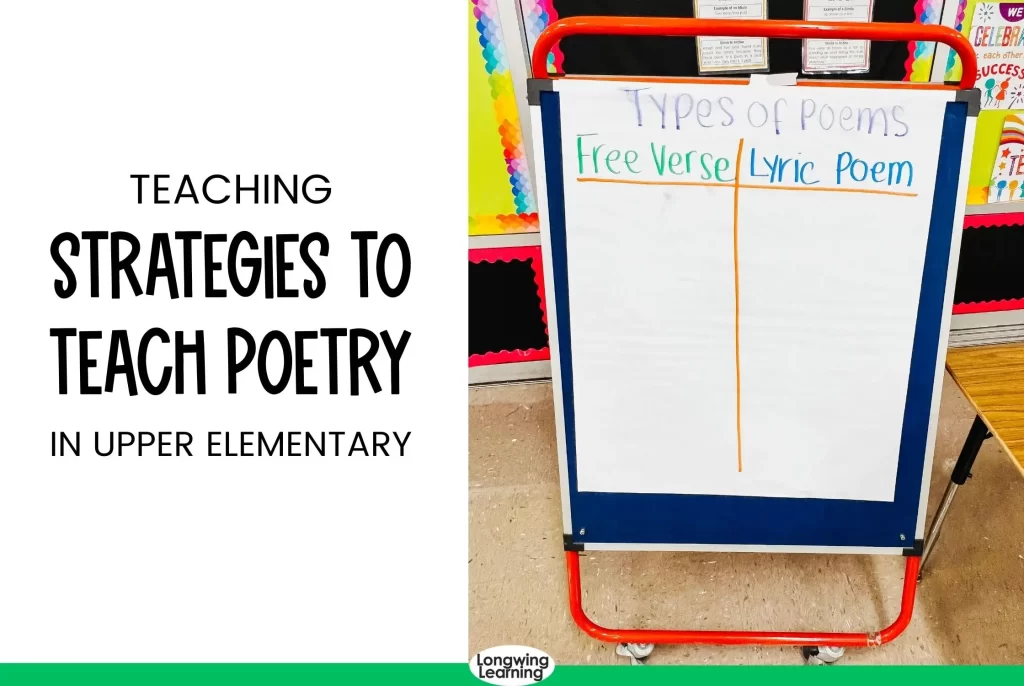
Teaching poetry is the perfect way to explore figurative language since it's a staple in many poems. Plus, students find poems appealing because they are quick to read.
However, engaging students in analyzing poetry can be challenging because poetry is rarely straightforward.
And that brings me to the main topic of this post.
In today's upper elementary classroom, students need to do more than read a poem twice to answer questions about poetry.
Instead, new teaching standards expect them to know elements of poetry, such as imagery, meter, and rhyme, and examine how they work together to form the poem.
Analyzing poems from this perspective means students must spend more time reading a poem to identify the message and the poet's purpose in writing.
7 Teaching Strategies to Feel Confident Teaching Poetry
So, here are seven tips to help you feel confident teaching poetry in 4th Grade, with free resources to help you along the way.
Whether you are a new teacher or a seasoned educator, these tips will provide you with practical strategies for helping your students analyze poetry.
Begin with the Elements of Poetry
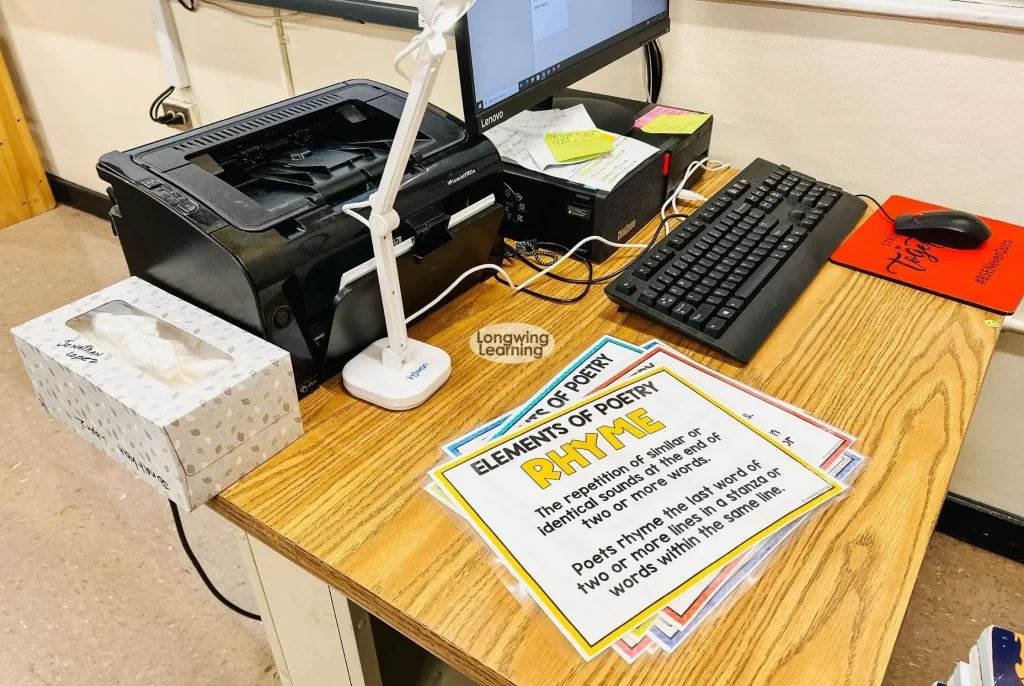
To kick off your poetry lesson, start with the fundamental elements that make up poems, such as their structure (form), the rhythmic pattern in each line (meter), words that sound similar at the end (rhyme), and the overall flow and beat (rhythm). These elements are known as the elements of poetry.
Show your students how to find these elements in a poem by doing it yourself first. Take a poem and point out its shape on the page, how it sounds, and where the words rhyme.
This step-by-step demonstration helps your students see how to identify these elements in a poem, making it easier for them to do it on their own later.
Check out this post for an explanation of each element of poetry.
Explore Figurative Language
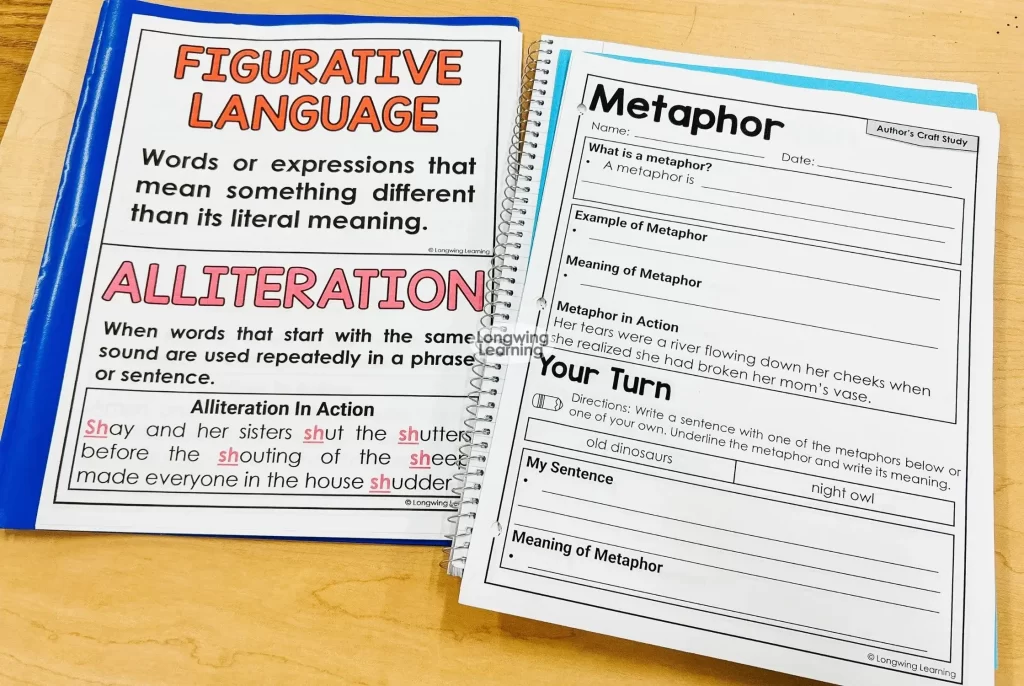
Explain the difference between figurative and literal language, providing examples of various types of figurative language, such as similes, metaphors, idioms, personification, and hyperbole.
To introduce these types of figurative language, utilize the notes and anchor charts to help your students remember the meanings.
Don't stop there!
Use examples from the poem to illustrate what the author is trying to communicate. Take it a step further by discussing the impact of figurative language on the poem.
Highlight that poets use figurative language to help readers comprehend abstract ideas.
For instance, if a poet expresses that summer is their favorite month, they convey this through carefully chosen words and imagery, creating a joyful mood.
Use Think Aloud to Analyze a Poem
One of the best strategies for understanding a poem is to model the process of analyzing a poem by letting your students hear your thoughts aloud.
A think-aloud is like having someone explain out loud what they're thinking while they're doing something, like solving a math problem.
As you read, you naturally use reading strategies to understand a poem. Share these reading strategies with your students by thinking aloud.
One way to do this is by pointing out the different poetic elements and how they contribute to the poem's overall meaning.
For example, indicate the use of imagery the poet uses to create images to help readers interpret the poem as they see the topic.
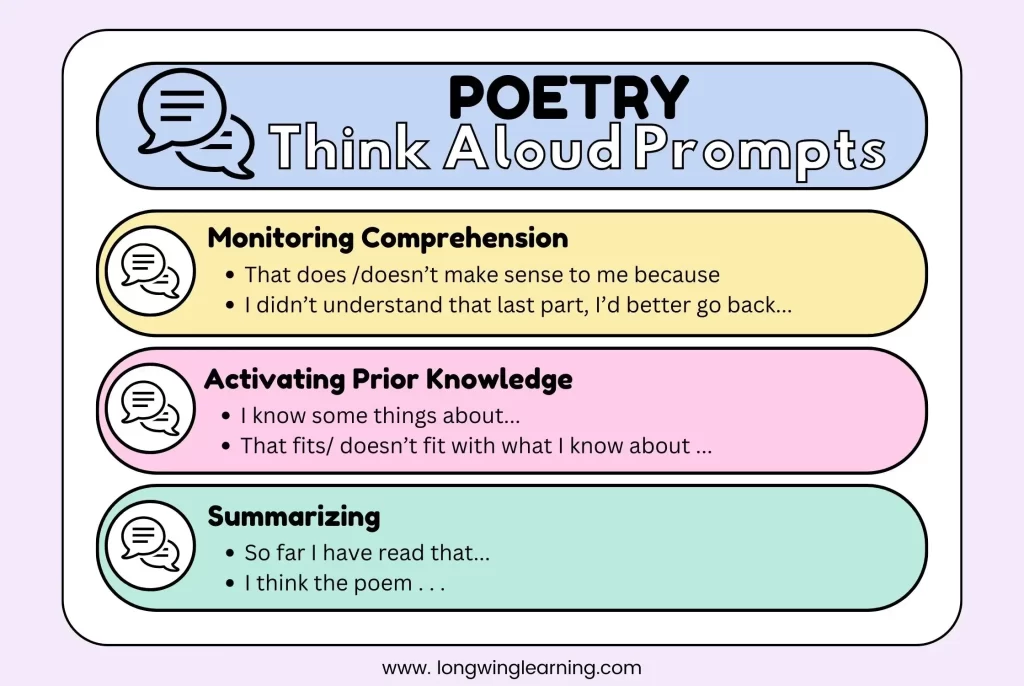
Below is a list of websites where you can find free poems to model the thinking process to your students.
- 8 Great Poems for Elementary Students (commonlit.org)
- Poems for Kids | Academy of American Poets
- 60 Short Poems For Children – Popular Poem For Kids (familyfriendpoems.com)
Go Beyond Basic Comprehension Questions
Move beyond asking simple questions that only check if students understand the poem's main idea. Instead, ask questions that go deeper and explore the different parts of how the poet expresses their ideas.
Think of teaching poetry like a cake with many layers. At first, ask questions that give students the big picture, like looking at the whole cake. These questions help them get the general idea of the poem.
Then, go deeper into each layer by asking detailed questions to help uncover different parts of the poet's message. These questions help students understand each stanza or line's underlying emotions and intentions.
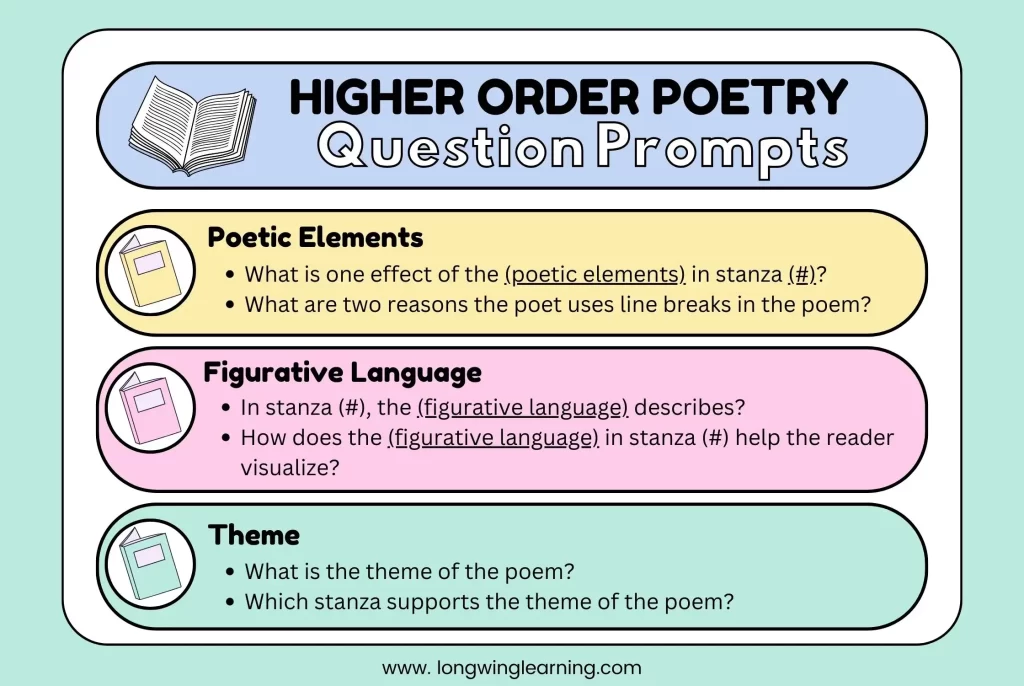
Here are some questions to start with:
- Explain the comparison made in the stanza (select a stanza).
- Why do you think the poet used the phrase (select figurative language)?
- What message do you think the poet shares with readers through the speaker's words? Explain.
- What is the speaker's point of view on the subject of the poem?
- What evidence helps you understand how the speaker (select a topic)?
- What phrases help the poet describe (select a topic)?
- How does the poet help you visualize what is expressed in (select line) of the poem?
Chunk the Poem
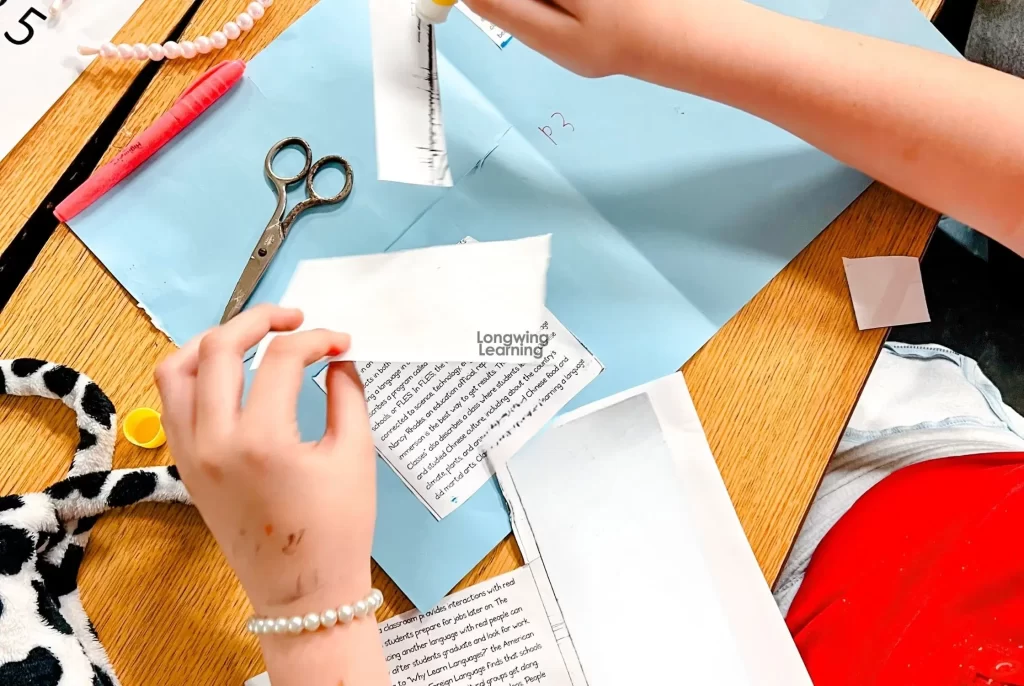
Many students find asking analytical questions challenging. One solution to this problem is to chunk the poem.
“Chunking the poem” means breaking it into smaller parts. Instead of looking at the whole poem, focus on one part at a time.
Doing this lets your students pay attention to the details in each part, such as the words and what they mean, making the task less daunting.
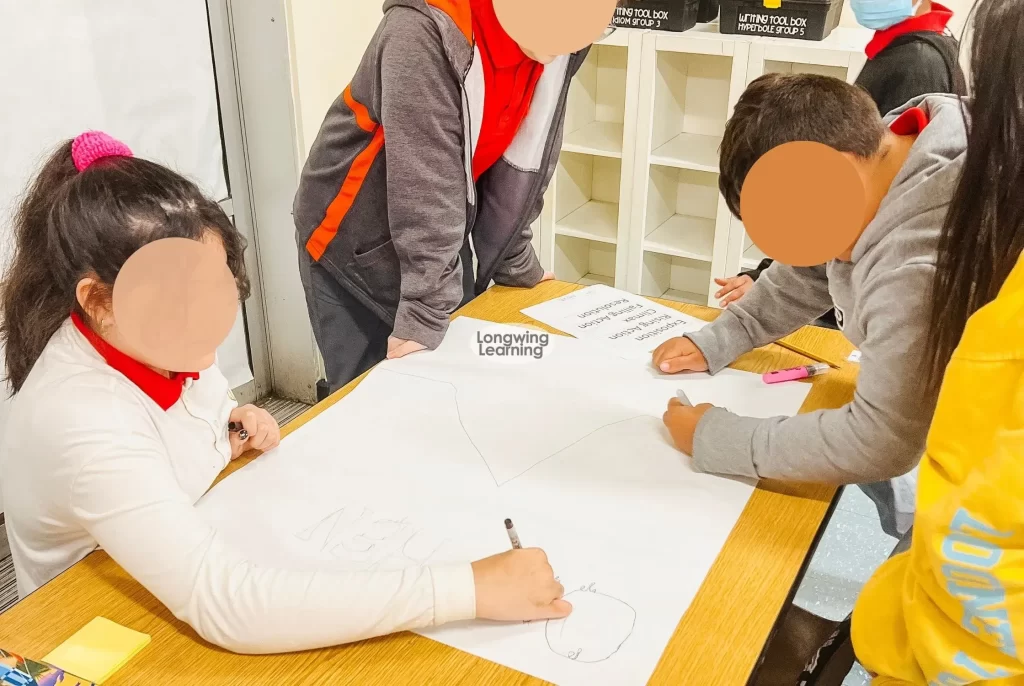
One way to do this in the classroom is by pairing students and having them tackle questions together.
Make each question focus on one stanza at a time, with a different emphasis each time.
For example, the first focus is on word choice. Then, compare each stanza. Finally, identify the theme of the poem.
Explore Common Themes in Poetry
A great strategy to help students analyze poetry is looking closely at common themes in poetry, such as love, nature, or social issues.
One way to explore themes is by comparing poems and finding patterns. Start a classroom discussion to compare how different poets talk about the theme. Have students look at the poem's words, feelings, and organization.
This activity helps students notice that each poet has a unique way of exploring the same theme, showing the diversity in how poets use their distinctive voices.
Moreover, students can look for patterns in the poems. Explain to them how poets use similar or different things to share their thoughts. This way, students can notice common or unique ways poets discuss the same idea.
Let Students Become the Poet
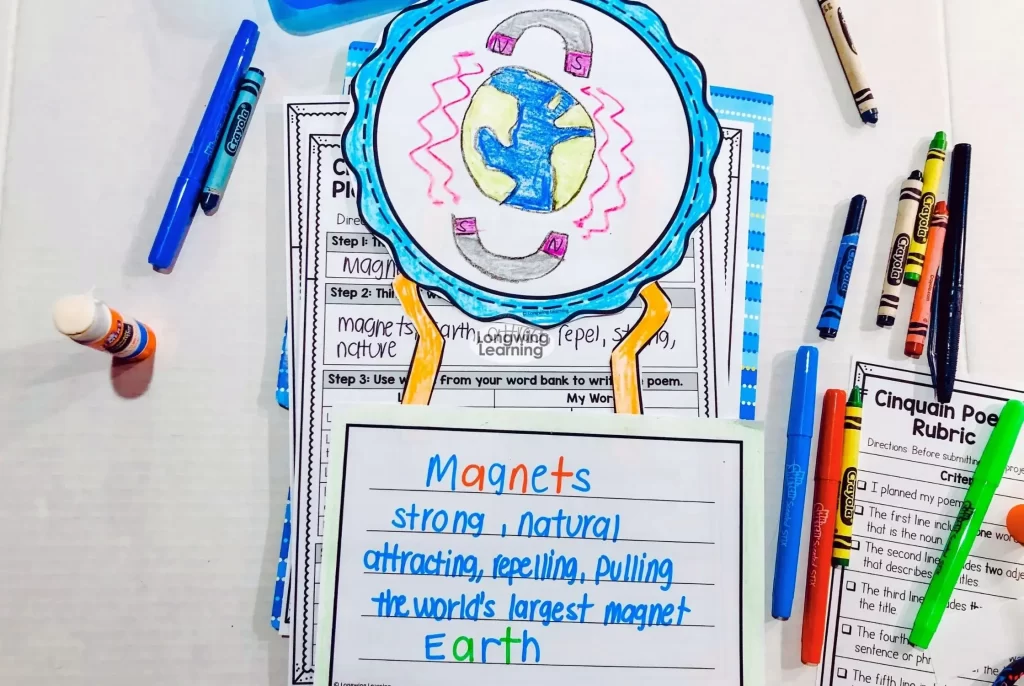
A fun way to finish a poetry unit is to have students write poems. It's a hands-on activity that helps them practice what they have learned and let their creativity shine.
Students can experiment with different ways of writing poetry by following the specific rules of popular types of poetry, such as cinquain, haiku, and limerick poems.
Start by giving them a list of different types of poems to explore. As a bonus, suggest they come up with questions about their poems.
Check out this post on finding creative ways to bring poetry in the classroom.
Key Takeaways for Teaching Poetry
To summarize, we have explored seven strategies for feeling confident teaching poetry in upper elementary.
We started with the basics of poetry elements, then moved on to identifying figurative language, breaking down the poem into smaller parts, and asking high-order questions. To wrap it up, have students write their own poems.
As we finish, remember that teaching poetry is more than just reading words. It's about understanding the different parts of poems to find the meaning and message.
Now, here's an extra opportunity to learn more. Sign up for our email list, and you'll get an exclusive poetry foldable, a valuable tool to add to your teaching kit.
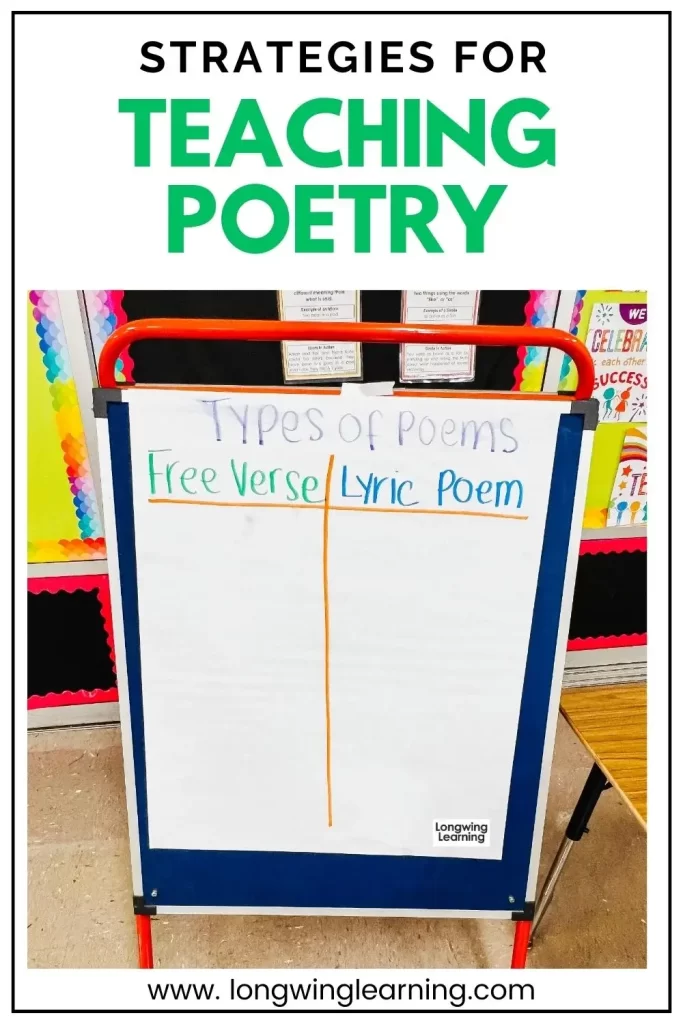
7 Strategies to Feel Confident Teaching Poetry in Upper Elementary Read More »

